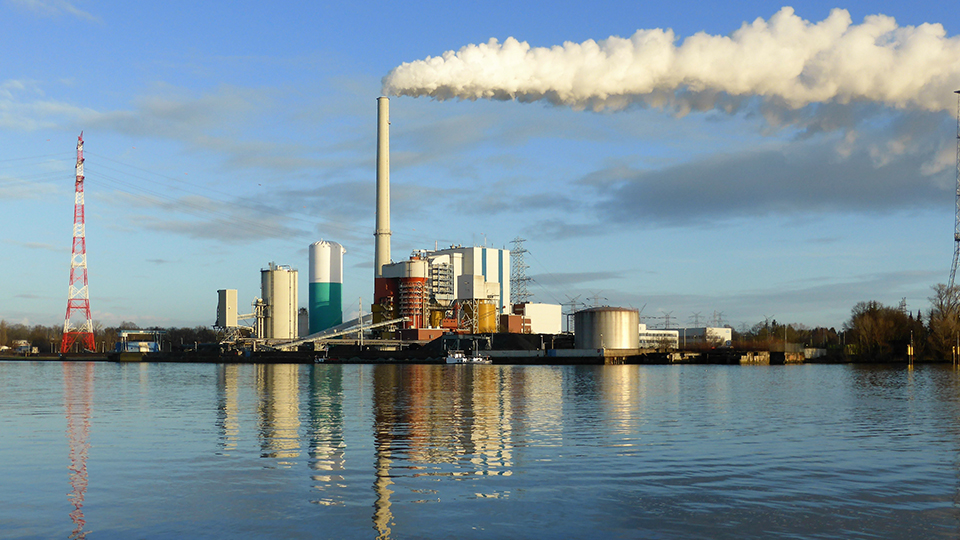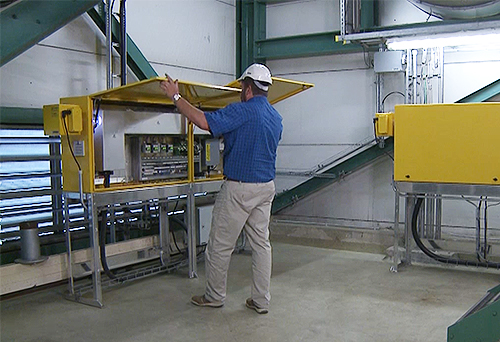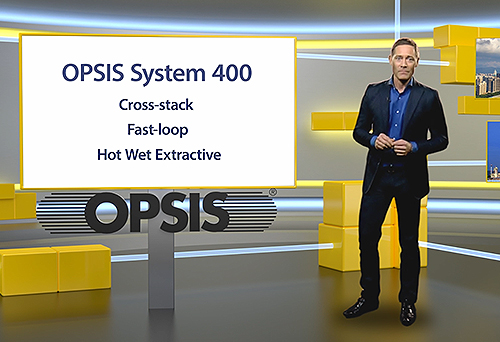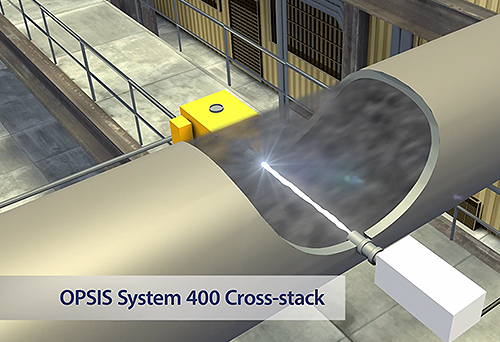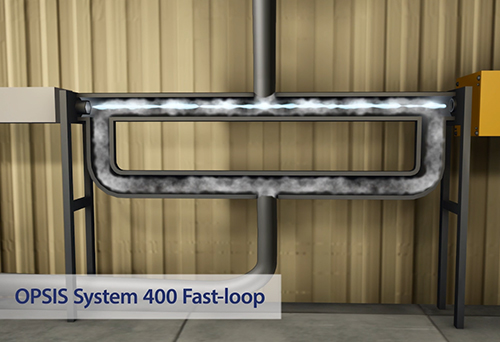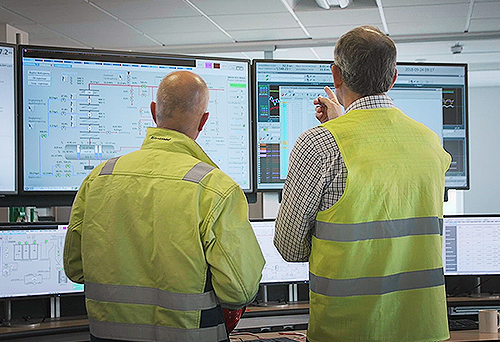Challenging conditions for gas analysis at waste-to-energy facilities
Process and emissions monitoring at waste-to-energy plants or plain waste incineration plants can be a challenge. A large number of gas components need to be monitored with high accuracy. The flue gas is often aggressive and has high dust and moisture content. Close to 100% uptime is required, the monitoring system must be easy to maintain, and it must be able to be calibrated quickly. The OPSIS monitoring system handles all these challenges and requirements in an excellent way. A proof of this is all the systems that are in operation at these types of facilities, often with several systems at each facility.
MONITORING SYSTEMS FOR SEVERAL APPLICATIONS
There are several application areas within waste incineration where OPSIS monitoring systems can be used.
- By measuring the CO and/or O2 levels directly after the boiler, it is possible to monitor that the combustion is taking place efficiently.
- The flue gas cleaning equipment can be controlled in a safe and optimal way. Read more about this application on our web page on flue gas cleaning.
- Waste incineration can give rise to many types of air pollution and therefore there are requirements that the emissions of several types of gases must be monitored. Here, OPSIS offers the perfect solution where a single monitoring system can monitor all relevant gaseous emissions. This also includes total mercury, see our dedicated webpage on this.
- OPSIS also offers systems for long-term sampling of dioxins, furans, and dioxin-like PCBs.
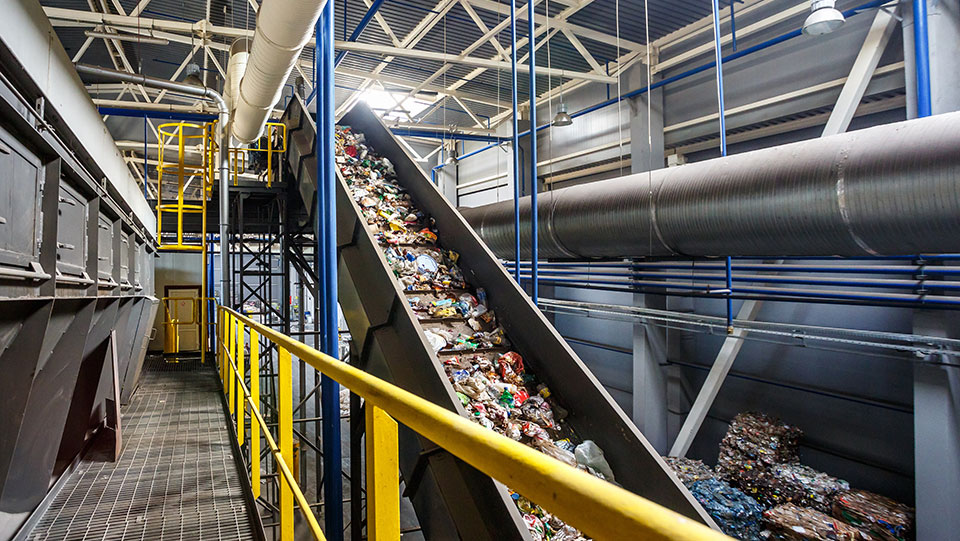
CERTIFIED MONITORING SYSTEMS WITH HIGH ACCURACY FOR multiple GASES
The OPSIS monitoring systems are based on gas analysers that have fast response times, are accurate, and require minimal maintenance. The monitoring takes place contact-free along light beams where gas molecules can absorb parts of the light. When monitoring emissions, light beams are sent through the flue gas ducts that lead to the stacks, or some of the flue gases are led into measurement cells through which the light is sent. The light is captured and led via optical fibres to the analyser which measures the absorption and calculates the gas concentrations.
A single analyser can measure several types of gases along several light paths. This provides a very cost-effective monitoring system. The concentrations of many types of gases can be monitored, for example nitrogen oxides (NOX), sulfur dioxide (SO2), carbon monoxide (CO), carbon dioxide (CO2), water vapour (H2O), hydrogen chloride (HCl), hydrogen fluoride (HF), ammonia (NH3), methane (CH4), and mercury (Hg).

GAS ANALYSIS WITH OPSIS
There are multiple reasons for choosing OPSIS as supplier of systems for gas analysis. Among the key benefits of the methods and solutions offered by OPSIS are:
- one system for all components including mercury
- a single system can measure at several monitoring points
- combines the benefits of the UV-DOAS, FTIR-DOAS, and TDL techniques
- best performance according to QAL1 certification
- longest calibration interval according to QAL1 certification
- optional automatic QAL3 control
- non-contact monitoring, no sampling
- long maintenance interval
- low energy consumption
- gas calibration only once a year
- thousands of systems installed worldwide
- certified by, among others, German TÜV and under British MCERTS standards.
